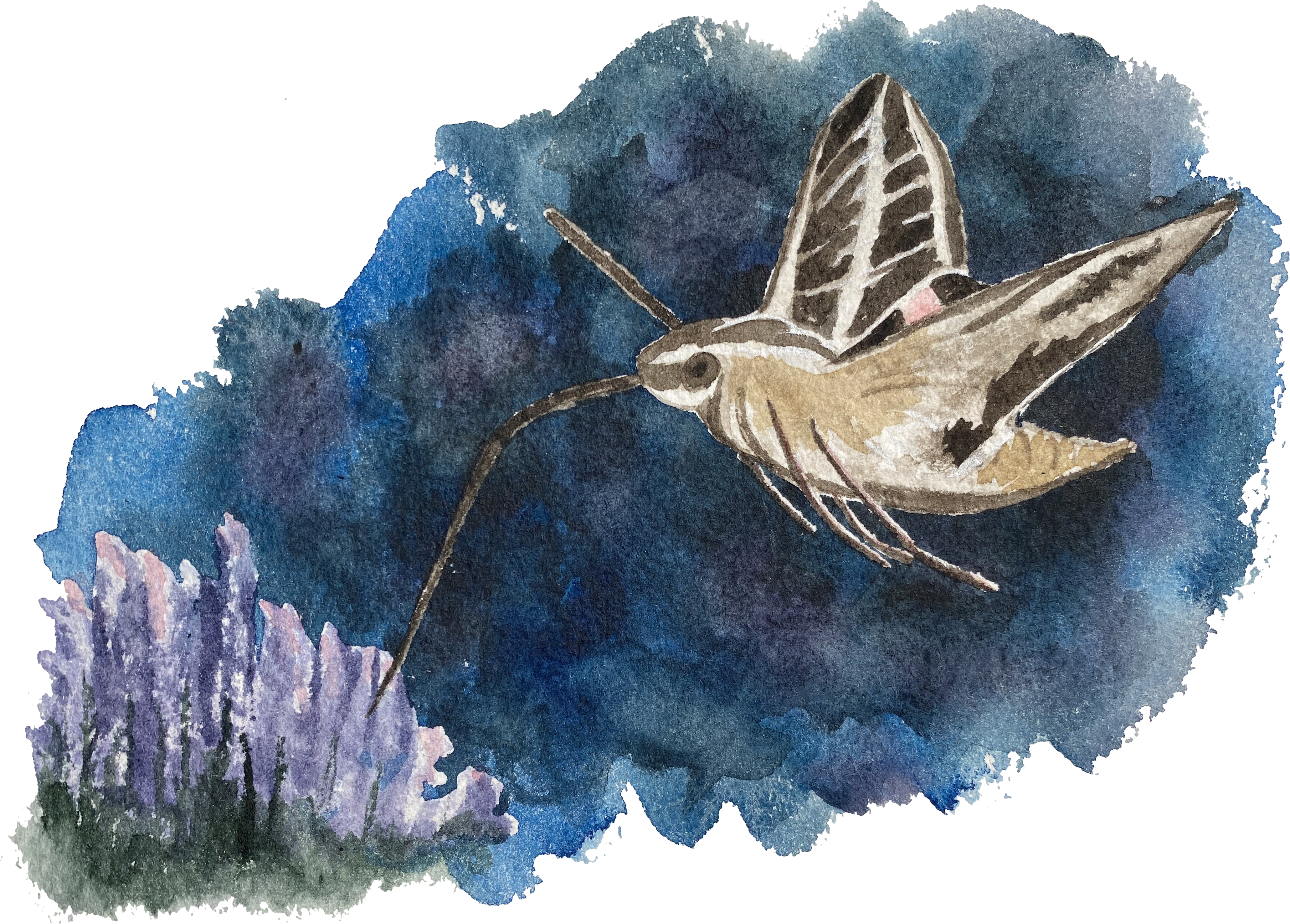Look At What's In Front Of You (Conclusion to The Nuts and Bolts of Naturalism)
post by LoganStrohl (BrienneYudkowsky) · 2023-05-25T19:00:44.835Z · LW · GW · 1 commentsContents
1 comment
If naturalism has been the subject of this sequence, then what is naturalism? Now might be a good time to try stating your own answer, in your own words, before reading more of mine.
Here is what I have to say about it.
Naturalism is an investigative method that focuses attention on the points in daily life where subjective experience intersects with crucial information.
It brings reflective awareness to experiences that were always available, but that our preconceptions inclined us to discard; it thereby grants us the opportunity to fold those observations into our stories about the world. It is a gradual process of original seeing, clarification, and deconfusion.
At its best, naturalism results in a greater ability to interact agentically with the world as it is, rather than fumbling haphazardly through a facade of misapprehensions.

This sequence was my attempt to outline the curriculum I guide people through when helping them learn the practice of naturalism—when helping them learn to behave as though knowing the territory takes patient and direct observation.
The curriculum is not the practice itself. Pedagogical considerations require that the curriculum be relatively linear and self-contained. The actual practice of naturalist investigation tends to draw as needed from all phases at once, interweaves with other methodologies as appropriate, and sometimes requires the invention of novel techniques on the spot.
Furthermore, my curriculum does not teach The One True Way of Patient and Direct Observation. It is only my way, tailored to and limited by the idiosyncratic shape of my particular mind, and adapted somewhat for the unusual class of people willing to work with me.
This is not an easy practice, and it certainly is not fast. It is a lot like lifting weights to get stronger. When easy answers are readily available through expert opinion; when problems are technical rather than adaptive; when you are certain that all you need is a “yes” or a “no”, and not to build a whole new way of understanding—in these cases, naturalism is often the wrong toolset for the job.
Nevertheless, I find that even when naturalism is the wrong toolset overall for the particular question I'm dealing with, there’s something deeply valuable in having built my own version of these tools, and in constantly feeling their readiness to hand. There is empowerment in recognizing that I personally can figure things out, by following my own curiosity, looking carefully for myself, and gradually piecing together whatever I find.
I think that a lot more work is needed before these methods can be smoothly integrated with the communal art of rationality. Still, I earnestly hope that my descriptions of this far-from-perfect method will prove a useful resource in whatever comes next.
1 comments
Comments sorted by top scores.
comment by LoganStrohl (BrienneYudkowsky) · 2023-05-25T19:19:20.192Z · LW(p) · GW(p)
More on the moth:
Members of this particular species can be either nocturnal or diurnal. I noticed my confusion when I saw one pollinating a lilac in bright moonlight, because I'd never seen a hummingbird at night before. That's what prompted me to take a closer look; up close it was clearly not a bird at all, but a bug!
For many years, I thought, "The first time I saw a sphinx moth, I thought it was a hummingbird." I've only recently realized that I have no idea how many moths I mistook for hummingbirds before that point. I may have seen them dozens of times during the day and never thought twice about it.